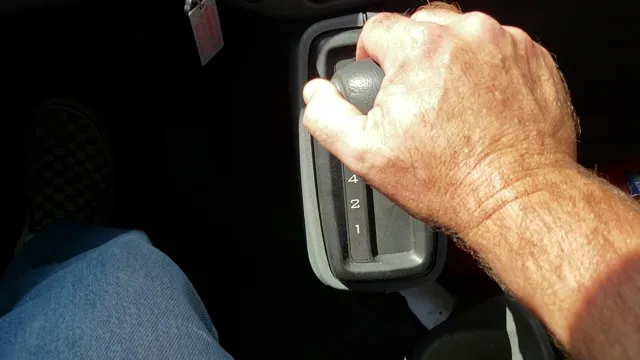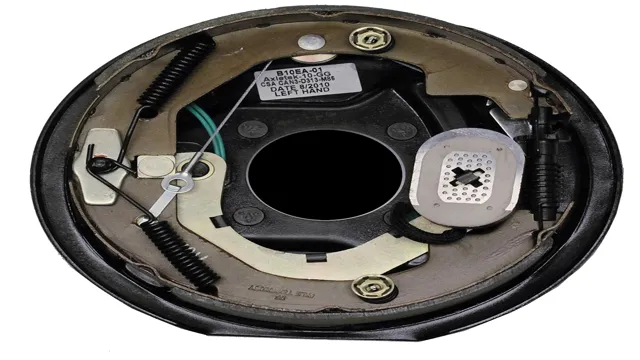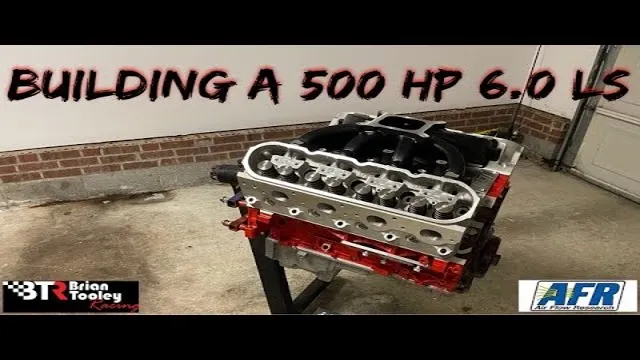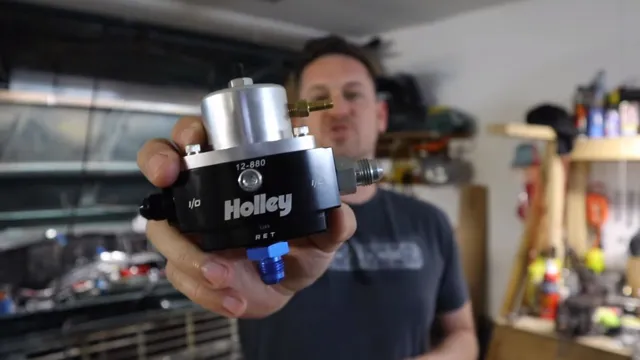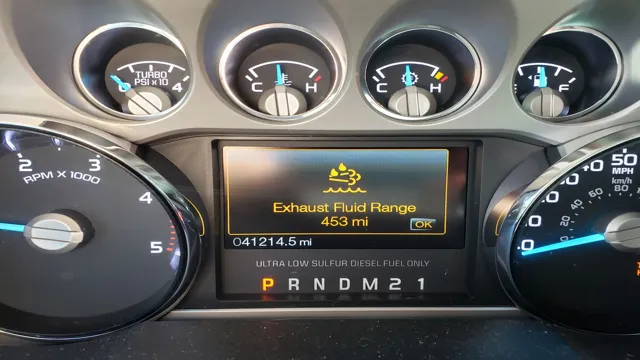Why is My Emergency Brake Light Staying on: Troubleshooting Guide
The emergency brake light may stay on due to low brake fluid, the emergency brake being activated, a problem with the ABS unit, or sensor issues. It is important to have the issue diagnosed and fixed promptly for your safety.
Ensure that the parking brake is disengaged and try restarting your vehicle to reset the light. The emergency brake light is a crucial indicator that notifies drivers of potential issues with their braking system. If you find that the emergency brake light is constantly staying on, it could indicate several underlying problems that need to be addressed.
We will explore the possible reasons why the emergency brake light stays on and provide solutions to resolve this issue effectively. By understanding the causes behind this problem and taking appropriate action, you can ensure the safety and functionality of your vehicle’s braking system. So, let’s delve into the details and find out why your emergency brake light may be staying on.
Common Causes Of Emergency Brake Light Staying On
If you’ve ever found yourself wondering, “Why is my emergency brake light staying on?” you’re not alone. This common issue can be a frustrating and puzzling experience for drivers. Fortunately, there are several common causes that could explain why your emergency brake light is staying on. By understanding these potential causes, you’ll be better equipped to diagnose and resolve the issue.
Faulty Brake Light Switch Or Sensor
One of the most common causes of an emergency brake light staying on is a faulty brake light switch or sensor. This component is responsible for communicating with your vehicle’s electrical system to alert it when the emergency brake is engaged. If the switch or sensor malfunctions, it may send a constant signal to the brake light, causing it to stay illuminated even when the emergency brake is released.
Incorrectly Installed Rear Light Bulbs
Another common culprit behind an emergency brake light that won’t turn off is incorrectly installed rear light bulbs. If you recently replaced the rear light bulbs and noticed the issue occurred shortly after, it’s possible that you accidentally installed the wrong bulbs. Different vehicles require specific bulb types, and using an incorrect bulb can disrupt the electrical system and cause the brake light to stay on.
Frozen Emergency Brake In Cold Weather
In colder climates, it’s not uncommon for the emergency brake to freeze, causing it to remain engaged even when you’ve released it. This particularly occurs if the weather is cold and wet. To resolve this issue, try turning on your vehicle and letting it warm up. Once the e-brake thaws out, it should disengage easily. Avoid pulling the emergency brake too hard, as this can also contribute to it getting stuck.
By understanding these common causes, you’ll have a clearer idea of why your emergency brake light may be staying on. From a faulty brake light switch or sensor to incorrectly installed rear light bulbs or a frozen emergency brake in cold weather, there are various factors to consider when troubleshooting this issue. By addressing the underlying cause, you can ensure your vehicle’s safety and prevent further complications.
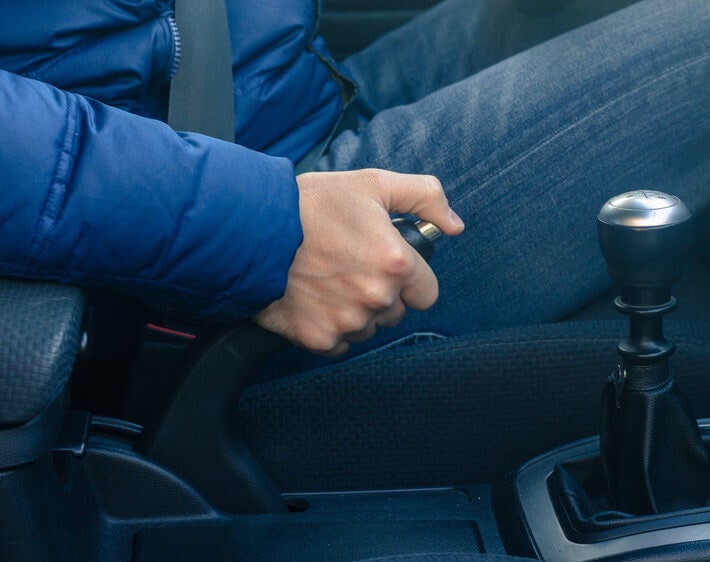
Credit: www.firestonecompleteautocare.com
How To Troubleshoot And Fix The Issue
If your emergency brake light stays on, it could indicate low brake fluid, an engaged emergency brake, or issues with the ABS unit or sensors. To troubleshoot, check brake fluid level, inspect brake pad wear, and ensure the emergency brake is fully disengaged.
Re-engage your parking brake and restart your vehicle to reset the light.
Check Brake Fluid Level
A low brake fluid level can cause the emergency brake light to stay on. To check the brake fluid level, follow these steps:
- Locate the brake fluid reservoir under the hood of your car.
- Remove the cap of the reservoir.
- Inspect the fluid level. It should be between the “minimum” and “maximum” markings.
- If the fluid level is low, add the recommended brake fluid to bring it to the proper level.
Checking the brake fluid level regularly is important for maintaining proper braking performance and preventing potential issues.
Inspect Sensors And Wiring
Faulty sensors or wiring can also cause the emergency brake light to stay on. If the brake fluid level is fine, it’s time to inspect the sensors and wiring. Here’s how:
- Locate the sensors and wiring connected to the emergency brake lever or pedal.
- Visually inspect the sensors and wiring for any visible damage or disconnection.
- If you notice any issues, such as frayed wires or loose connections, repair or replace them accordingly.
Ensuring the sensors and wiring are properly functioning is crucial for accurate brake light indications.
Resetting The Emergency Brake Light
If checking the brake fluid level and inspecting the sensors and wiring didn’t resolve the issue, resetting the emergency brake light may help. Here’s how to do it:
- Ensure the emergency brake lever or pedal is fully disengaged.
- Turn off your car’s engine.
- Wait for a minute or two.
- Start your car’s engine again.
- Check if the emergency brake light has turned off. If it has, the issue might have been a temporary glitch.
Resetting the emergency brake light is a simple troubleshooting step that can sometimes fix the problem without any further actions.
By following these troubleshooting steps of checking the brake fluid level, inspecting the sensors and wiring, and resetting the emergency brake light, you can successfully troubleshoot and fix the issue of why your emergency brake light is staying on.
Preventive Measures To Avoid Emergency Brake Light Issues
Ensure to engage and disengage the emergency brake correctly to prevent issues.
Regular Maintenance Checks
- Perform routine maintenance checks to catch any potential problems early.
- Inspect brake fluid levels and sensors regularly.
Avoiding Overly Hard Emergency Brake Pulls
Avoid pulling the emergency brake too hard to prevent it from sticking on.
Signs Of More Serious Brake System Problems
When your emergency brake light stays on, it may indicate more significant issues with your brake system. These signs should not be ignored as they could point to potentially hazardous conditions that may compromise your safety on the road.
Continuous Illumination Of Brake Light While Driving
If the brake light remains continuously illuminated while driving, it could be a sign of various problems ranging from low brake fluid level to issues within the ABS unit or malfunctioning sensors.
Implications Of Low Brake Fluid Level
Low brake fluid levels can trigger the emergency brake light to stay on. In this case, it’s essential to address the fluid level promptly to avoid potential brake failures and accidents.
Importance Of Prompt Diagnosis And Repair
When faced with a persistent emergency brake light, seeking prompt professional diagnosis and repair is crucial. Ignoring these signs can lead to severe brake system malfunctions, jeopardizing your safety and that of others on the road.
Community Experiences With Emergency Brake Light Issues
Users on Reddit have shared varied experiences regarding emergency brake light issues. One user reported that their brake light stayed on due to a faulty brake light switch, while another user suggested checking the brake pedal for malfunctions. Others mentioned the possibility of using the wrong light bulbs when replacing rear lights. These first-hand encounters provide valuable insights for individuals facing similar challenges.
Seeking professional advice on brake system warnings is crucial for addressing emergency brake light issues effectively. Experts emphasize the significance of regularly checking brake fluid levels and scanning the ABS module for codes. Furthermore, they highlight the importance of diagnosing broken brake sensors and testing brake pad sensors to pinpoint potential causes for the persistent brake warning light.
- How do I reset my emergency brake light?
Ensure that the parking brake is disengaged and then restart your vehicle to reset the light indicator. - Why is my brake light always on?
The most common cause for the brake light staying on is a faulty brake light switch or sensor. Additionally, using incorrect rear light bulbs can also trigger this issue. - Why is my emergency brake not turning off?
If the emergency brake is stuck, it may be due to freezing in cold and wet weather. Avoid pulling the e-brake too hard, as excessive force can lead to it getting stuck.

Credit: www.wikihow.com
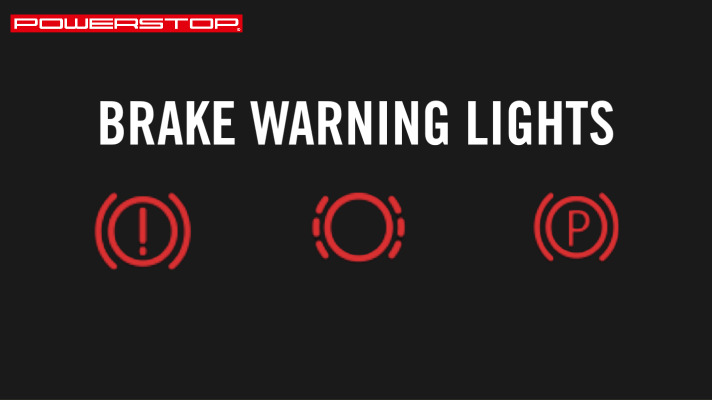
Credit: www.powerstop.com
Frequently Asked Questions On Why Is My Emergency Brake Light Staying On
Why Is My Brake Light On When My Emergency Brake Is Off?
If your brake light is on when your emergency brake is off, it could indicate low brake fluid, an activated emergency brake, trouble with the ABS unit, or sensor problems. To fix it, make sure the parking brake is fully disengaged and try restarting your car.
If the issue persists, seek professional assistance.
How Do I Reset My Emergency Brake Light?
To reset your emergency brake light, ensure that your parking brake lever, pedal, or electronic switch is in the off position. If it’s slightly nudged into the on position, it can trigger the light. After confirming its disengagement, turn your car off and on again.
If the light stays on, there may be a faulty brake light switch, sensor, or an issue with the electrical system. Consult a professional for diagnosis and repairs.
Why Is My Brake Light Always On?
Your brake light may stay on due to a faulty switch or sensor, a malfunctioning brake pedal, or an electrical issue. Check these components for problems.
Why Is My Emergency Brake Not Turning Off?
If your emergency brake is not turning off, it could be due to a frozen e-brake in cold, wet weather. Also, it may be stuck from being pulled too hard. Always ensure it’s disengaged and try warming up your car.
If the issue persists, consult a professional.
Conclusion
If your emergency brake light stays on, it could be due to a faulty switch. Ensure proper brake function and address any issues promptly for safe driving. Remember to reset the brake light after troubleshooting to avoid further complications. Keep your brakes in top condition for a smooth drive.


